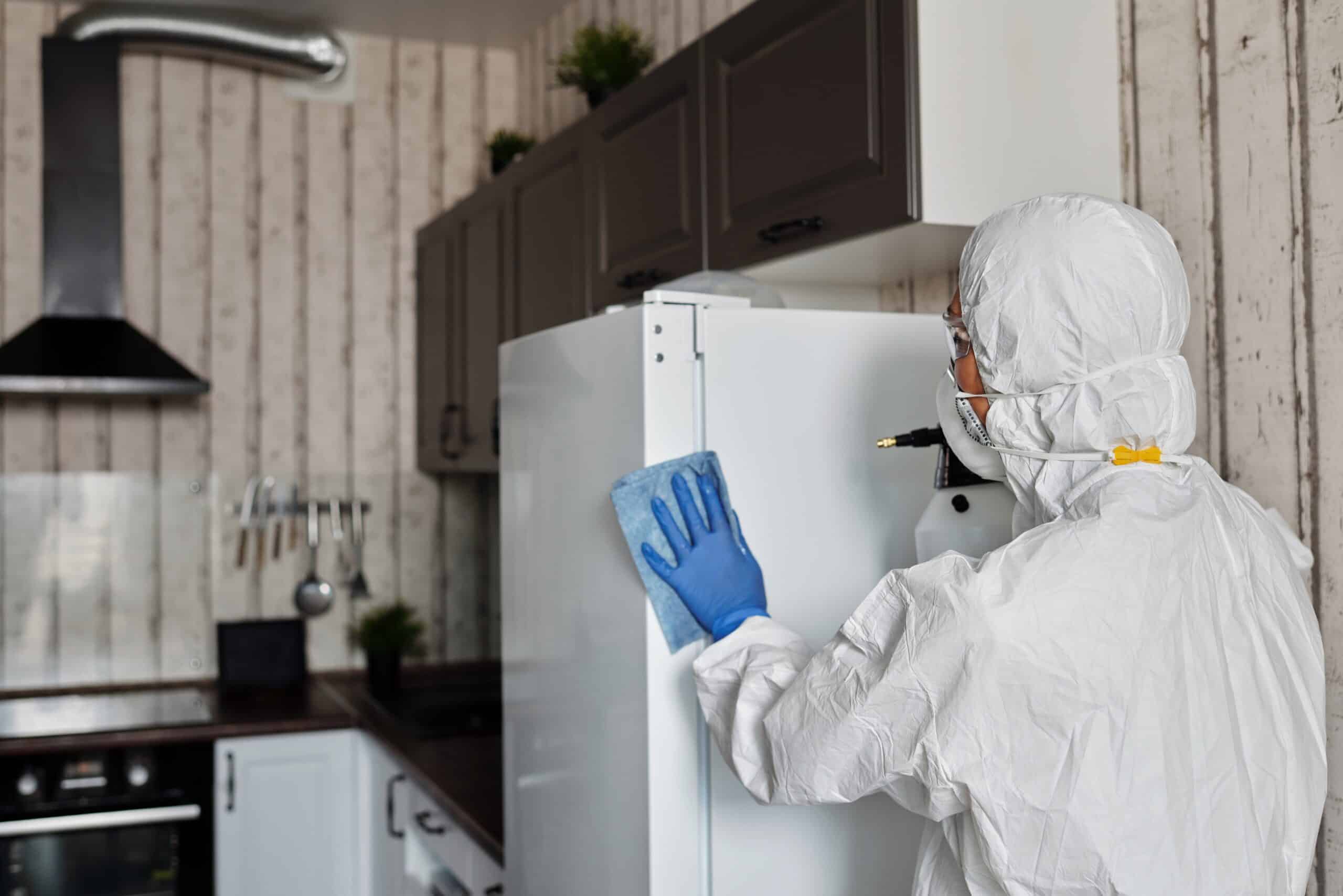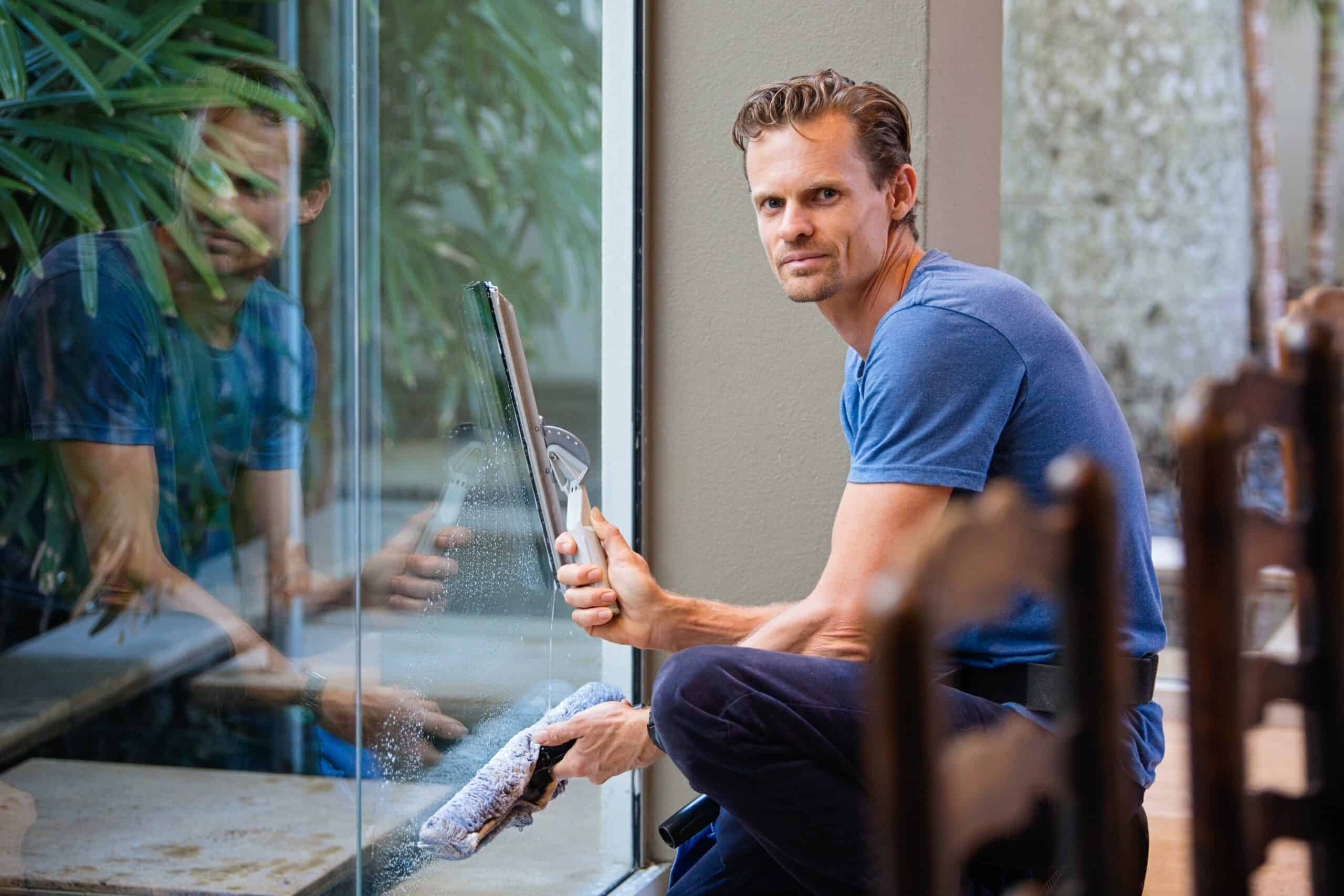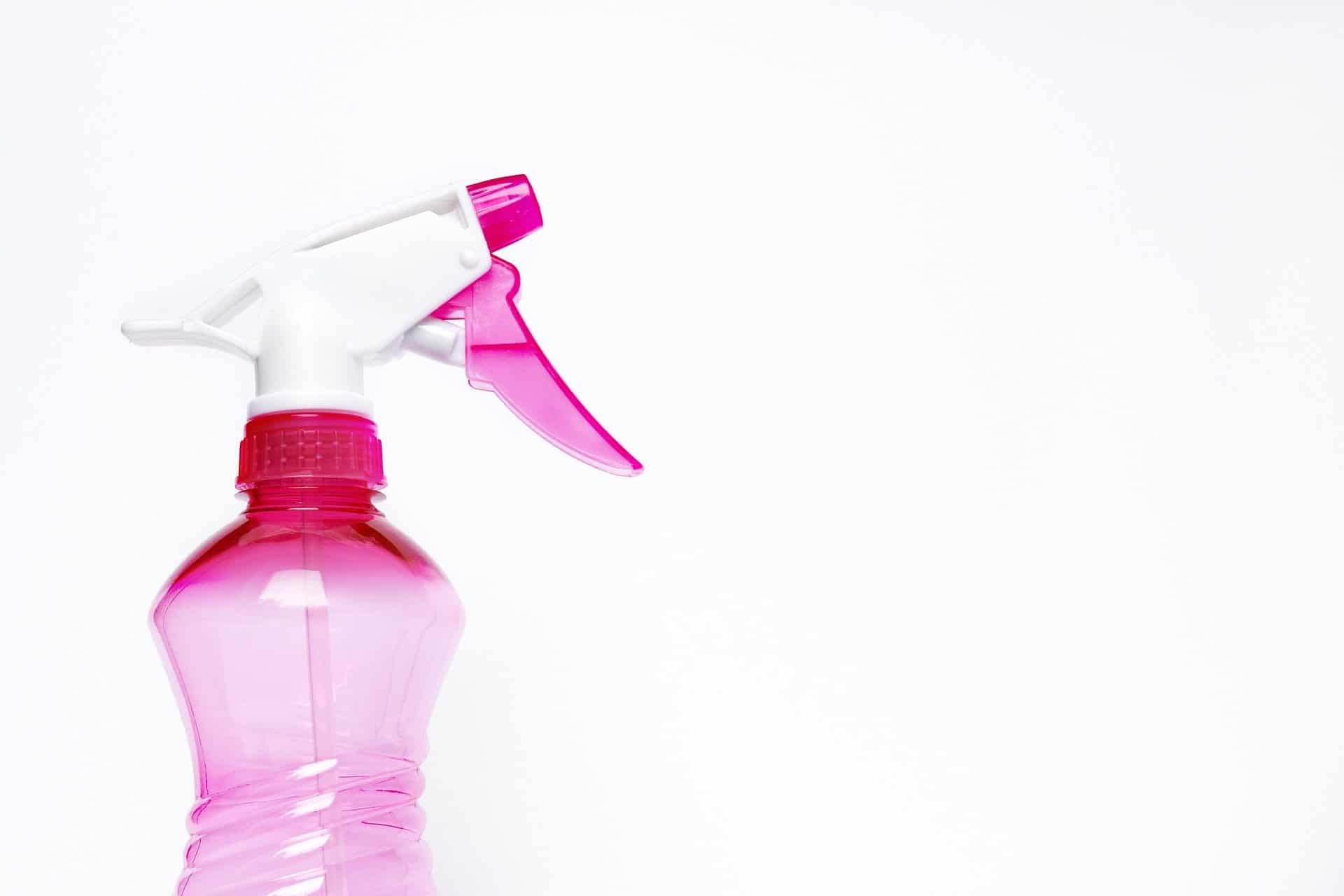How to sanitize upholstery and surfaces at home without damaging them?

These days, keeping your home sanitized and clean is more important than ever. With the whole COVID-19 outbreak, we all need to do our part. But sanitizing and cleaning some surfaces can be quite tricky if you don’t know how or don’t have the proper supplies. There are numerous solutions, from store-bought chemicals to homemade mixtures for a greener cleanup. Ultimately, it is up to you what you want to use, but in order to properly sanitize upholstery and surfaces at home, you need to know how to utilize such solutions. We are going to provide you with some tips and tricks on sanitizing that will not damage your belongings.
How to sanitize upholstery and surfaces at home with ease?
You don’t really have to sanitize everything on a daily basis. Only the surfaces that are being frequently touched need to be disinfected every day. Think doorknobs, counters, light switches, toilets, faucets, and so on. Luckily, these surfaces are not really that sensitive, so you can use soap or any household cleaner and disinfectant on them.

Sanitizing is easy with the right solutions
However, some other surfaces and upholstery are a different story. These require special solutions in order not to cause any damage. This can rack up the number of cleaning solutions in your home. If you ever need to be relocating with so many chemicals, consider renting some plastic bins. There are companies, such as Capital City Bins, that you can rent them from. It will be much easier and safer than moving them in ordinary moving boxes. And you don’t really want to be buying all these items again, better to bring them with you. Depending on what is in your home, you can have anywhere from 5-50 different bottles.
When is the best time to sanitize upholstery and surfaces at home?
The best time to sanitize is basically as soon as you touch the surface. For this reason, you may want to have bottles of disinfecting solutions at key points in your home. Also, you don’t really need to be doing it all the time. When you come back home, whatever you touch before you disinfect your hands needs to be disinfected in turn. This is only really practical for small surfaces, though.
There is no set “best time” for everyone. You will want to do the most disinfecting before and after you have guests visiting. Other than that, do as much as you can stand, really. Truth is, you can never really be too careful.
Get high-quality cleaning supplies
You are definitely going to need lots of cleaning supplies. But to be honest, you may want to splurge a bit more on the quality stuff. The disinfecting process will be a lot easier with quality chemicals to work with. Unfortunately, these products are in high demand right now and you might not be able to get your hands on them easily. However, you can always prepare some home-made solutions; simply browse the Internet a bit and you will find plenty.

High-quality cleaning supplies will make the work easier
So, with your cleaning supplies in hand, the next question is:
Where to start?
Really you can start anywhere, depending on what are the areas that you use the most.
Entrance
Your main surface in the entrance is going to be the wallpaper. You can simply use a dust mop, a sponge, and an all-purpose cleaner for these. Make sure that your cleanser does not contain bleach, though, as that may damage the wallpaper. Simply dust with the mop and wash with the cleanser and the sponge. Rinse with water afterward.
Living room
In the living room, there are many surfaces that may require a different approach:
- Furniture – Water and mild dish detergent in a spray will do the trick here. Use a damp, lint-free cloth for wiping. Use a ceiling brush for wood paneling.
- Carpets – You can use multi-purpose disinfectants for these. Always launder them in the warmest appropriate setting. Dry completely before putting them back. Use cleaner based on the labels. W-water, S-solvent, X-vacuum only.
- Windows – These are quite simple to clean. Use any window cleaners that are based on ammonia. While you’re at it, check if you need any window services, whether it is installing new or repairing old ones. It is really important to have impeccable windows at this time.
- Floors – Hardwood floors are sanitized with half a cup of distilled white vinegar, mixed in with a gallon of water. If you have any concrete that is porous, use a phosphate-free detergent to seal and wash it.
- Fireplace – The best thing here is to simply contact a professional, trust us. Once a year, though.

Sanitizing the living room on a daily basis is a good idea
Bathroom
A bathroom is a place you want to keep disinfected on a regular basis. You may wish to renovate your bathroom in order to make it easier on yourself, though. If so, the easiest way is to hire bathroom renovation services and call it a day. It will be a lot easier to move around and to clean when everything is just the way you want it to be. On to the surfaces:
- Counters – Mild liquid detergent and a clean cloth will do the trick.
- Tub and sink – A sponge, some hot water, and liquid detergent are all that you need.
- Toilet – Use specialized toilet bowl cleaner.
- Floor – The best thing to use is a microfiber mop.
Kitchen
The same thing applies here, as it did to the bathroom. If you want to make it easier on yourself, remodel your kitchen to your liking! As for the surfaces themselves:
- Cabinets – Handheld vacuum, dishwashing liquid mixed with warm water. Microfiber cloth.
- Cutting board – Use bleach that kills bacteria. Never mix with anything else.
- Kitchen counter – Non-chemical liquid detergent, cotton cloth, water.
- Appliances – Use a non-abrasive cleaner for stainless steel.

